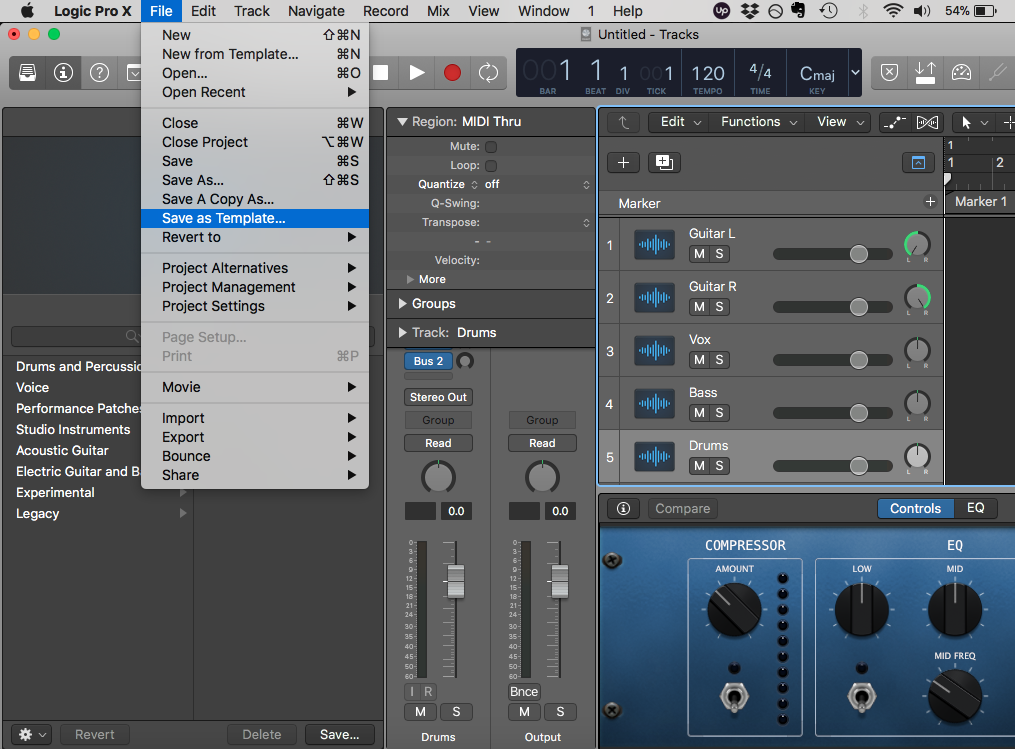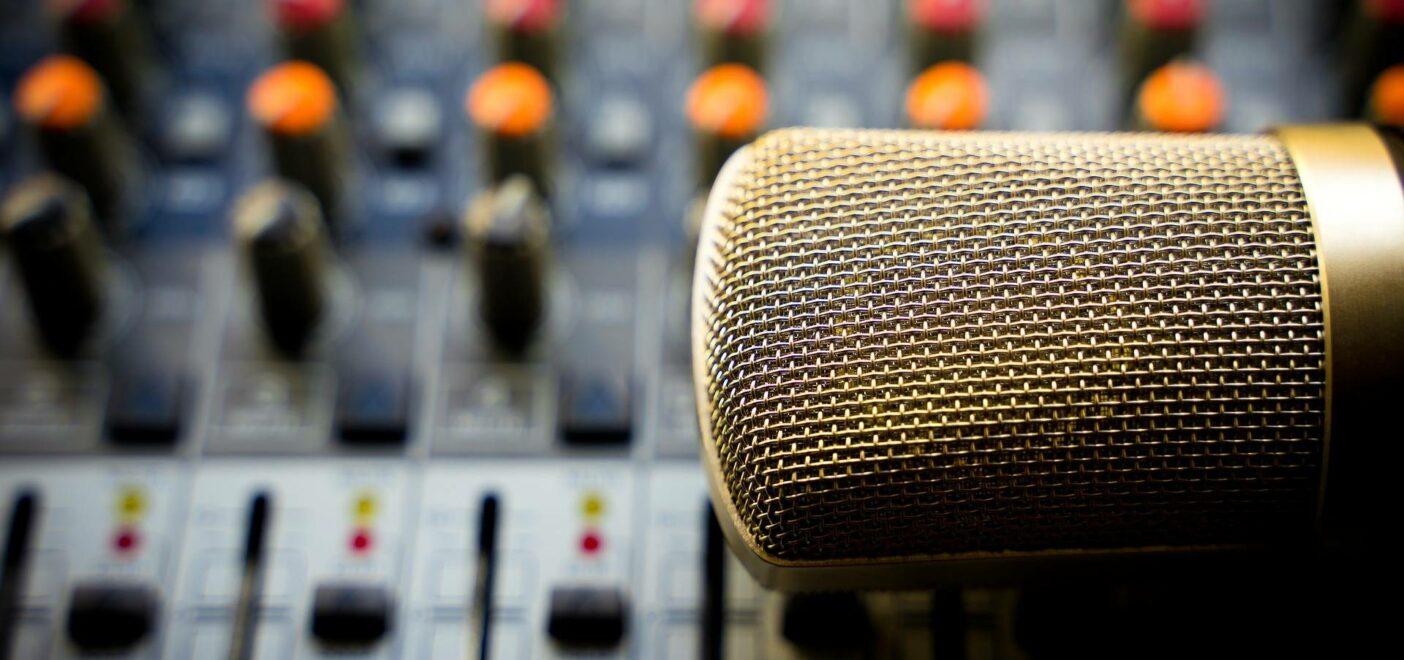As technology evolves, so do our creative capacities. Recording equipment and techniques have rapidly advanced since their humble beginnings in the early 20th century. Just like other forms of art and entertainment, such as movies, games, and literature, music production has benefited greatly from the digital age. While some engineers swear by their hardware (vintage or modern), the truth remains that recording and mixing great-sounding songs no longer requires all the physical gear that was once necessary. The term “mixing in the box” describes performing the mixing process without the use of external hardware.
Choosing to mix in the box, as opposed to strictly using hardware or a combination of the two, mostly comes down to two factors: preference and cost. Those who grew up mixing a certain way will tend to stick to what they know. Many who started out before the digital age took over still prefer their trusty mixing consoles. The upcoming generation of producers and musicians will most likely stick to mixing in the box because of how fleshed out, efficient, and intuitive DAWs have become. Plus, on the financial end, it’s much cheaper and space-saving to mix in the box. Sure, purchasing the right software and the best plugins can cost you several hundred dollars, but everything will be right there when you need it and can be updated at little to no cost.
If you decide to mix in the box, it’s good to know a few things beforehand. Let’s take a look at five tips for producing great-sounding mixes by mixing in the box.

1. The Front End Comes First
Now, this applies to any recording, no matter how it’s mixed. The front end refers to everything that occurs before the mixing process. This includes where the recording takes place, the equipment used to record (microphones, amps, interfaces, etc.), and, of course, the performances themselves. Without a strong foundation, mixing can only get you so far. Essentially, a great recording requires less tweaking, which makes mixing in the box that much easier. So, before you do anything, try to avoid bad recordings at all costs.
2. Find Your Favorite Effects, Plugins, and Settings
Once again, one of the key advantages of mixing in the box is the flexibility and number of options at your disposal. With hardware, you’re beholden to the limitations of the physical unit. Software, on the other hand, can function with more variety, even emulating hardware. As long as you have enough RAM and CPU, the sky’s the limit. Use this flexibility to your advantage by exploring the wide range of plugins and effects both within your DAW and online. From compressor plugins to graphic equalizers, tape delay emulations, and so much more, the number of fantastic tools out there can boggle the mind.
3. Try a Template When Mixing in the Box
Once you’ve found your golden hoard of plugins, effects, and settings, consider creating a template. The method for making a template differs slightly from DAW to DAW, but the process is mostly the same. In Logic Pro X, for instance, you simply label your channels, pre-load any plugins to each channel, then click File > Save as Template. Now you can access this template at any time.

While modern mixing hardware can save session settings as well, having templates at the ready when mixing in the box streamlines the process considerably. Any template can be adjusted, too. So if you come across an even better plugin or setting, you can simply override the existing template.
4. Compensate for Latency
Just because mixing in the box comes with so many benefits doesn’t mean it is free from certain flaws. Latency presents the greatest obstacle to mixing without hardware, though it affects the recording process more than anything. Fortunately, it’s a far less onerous obstacle than it used to be. Today, just about every DAW automatically compensates for latency, meaning fewer headaches on your end.
Still, latency will occur from time to time. This can result from a number of factors, but most often it derives from an overload of CPU-intensive plugins. In addition to automatic latency compensation, upgrading your processing speed will reduce latency issues. Additionally, using more efficient, less taxing plugins always helps.
5. Leave Enough Headroom
Setting proper recording levels and gain staging always matters when mixing, whether inside the box or otherwise. In the past, when audio software wasn’t nearly as powerful as it is today, DAWs couldn’t process as much data. This ultimately meant less bit depth, and thus less headroom, leading to more clipping and shallower mixes.
Today, however, the amount of headroom one can achieve in the box compares to or even exceeds that of a mixing console. The ability to record in 24-bit and work at 32-bit float should give anyone enough headroom in the mix. But, to be safe, keeping the master fader low will help you achieve greater depth in your mix overall and help avoid clipping when bouncing in lower bit depths. If the master channel doesn’t have enough headroom, clipping can occur when rendering in non-float formats (16-bit, 24-bit, etc.).

Conclusion
The truth is, mixing in the box is just as viable as mixing with hardware. Many of the world’s top engineers and producers use both methods or some combination of them to achieve their goals. Yes, there was a time when mixing in the box meant less authenticity and poorer quality, but that time has long since passed, along with the stigma. With the agility and flexibility of modern DAWs and plugins, one would be remiss not to utilize the fruits of today’s technology. There is simply so much creative potential waiting to be unlocked by mixing in the box, even if it’s only part of the process.
Just remember, if you choose to strictly mix in the box, don’t forget the essentials. A great-sounding recording will always result in a better-sounding mix.
Informazioni sull'autore

Ethan Keeley
Scrittore, doppiatore, musicista e redattore audioEthan Keeley è un musicista, doppiatore e scrittore di Rochester, New York. Quando non è in tour con la sua band Unwill, lavora a nuove canzoni e storie.
Lascia un commento
Log in per commentare

